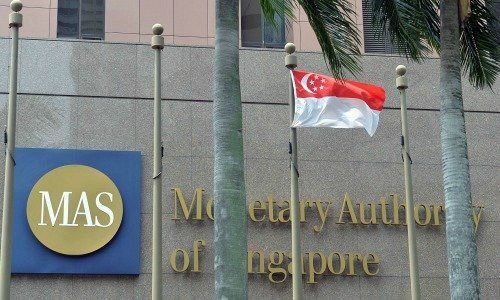Singapore Seeks to Lift Finance Hub
Singapore banking overseer wants to lift the city-state's standing regulator unveiled a plan to lift the standing of the city-state as a financial center. The goal? Faster economic growth from financial services.
The Monetary Authority of Singapore (MAS) released the industry transformation map for financial services, which outlined growth strategies by business lines, programs for upgrading skills, and an agenda for continuous innovation and technology adoption.
The plans aims to achieve growth in financial sector real value-added of 4.3 percent and productivity of 2.4 percent annually, faster than the wider economy. The plan also aims to create 3,000 net jobs in financial services, and an additional 1,000 net jobs in fintech every year.
Multiple Strategies
As Asia’s growth continues, driven by a growing middle class, rapid urbanization and Asian firms expanding, the outlook for the financial sector is good. However, the MAS believes it is critical that Singapore’s financial sector also transforms, to stay relevant and competitive.
Singapore aims to be a leading international wealth management hub, an Asian hub for fund management and domicile as well as a global foreign exchange price discovery and liquidity center in Asia. Singapore is currently the third-largest forex trading center, after New York and London.
To support Asia’s development, MAS is working with the industry to develop Singapore as the Asian centre for capital raising and enterprise financing. Become a full service Asian infrastructure financing hub and a leading centre for Asian fixed income and also a global capital for Asian insurance and risk transfer.
Regulating While Innovating
A key focus of MAS' road map will be to spur innovation in the financial sector and encourage players to adopt technology in order to improve their efficiency.
To do so, MAS said it will step up efforts to get financial institutions to enhance connectivity and fintech innovation through Application Programming Interfaces (APIs), collaborate with financial institutions to create common utilities, such as digital ID, invest in and encourage research and development including the use of distributed ledger technology for inter-bank payments and trade finance, and work closely with other financial centres.
The regulator's key priorities will also include ensuring that regulations are supportive of innovative business models and strengthening the «cyber resilience» of financial institutions.



























